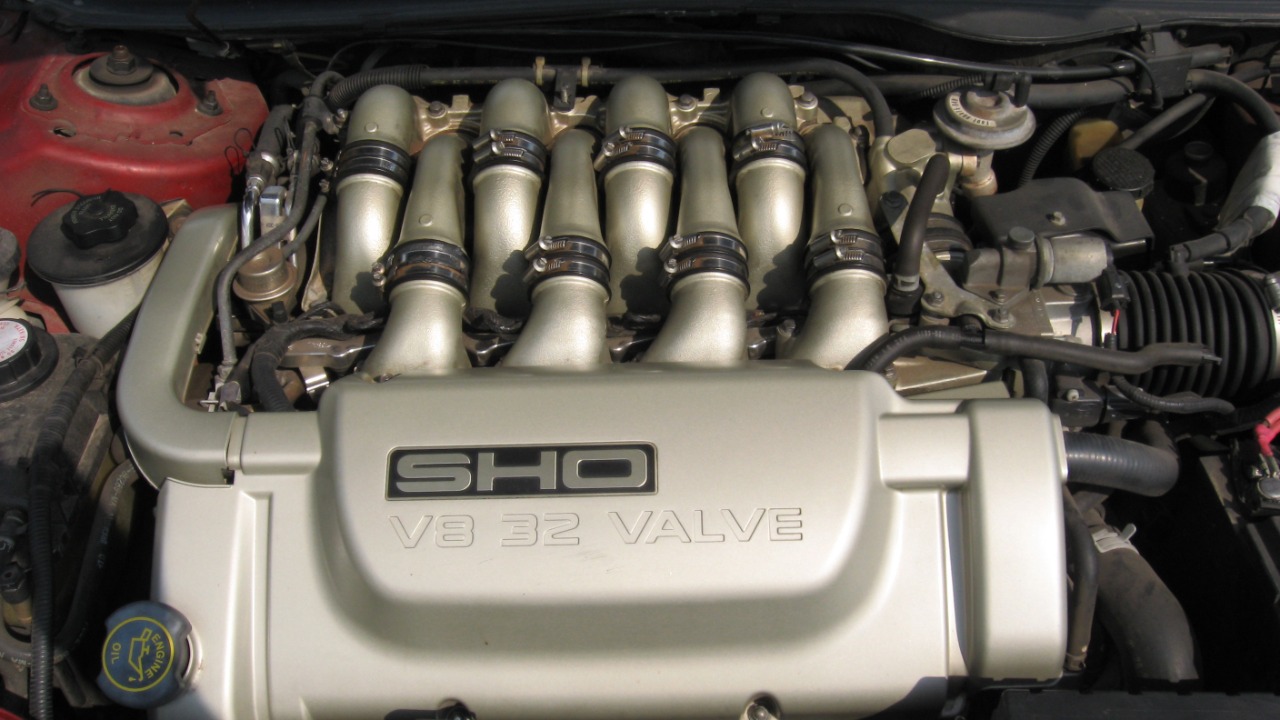
The once-dominant V8 engine, celebrated for its power and performance, is slowly fading from the automotive landscape. From stricter environmental regulations to the rise of electric vehicles, several factors contribute to this shift. Understanding these reasons can help car enthusiasts and consumers alike navigate the evolving automotive world.
1. Environmental Regulations
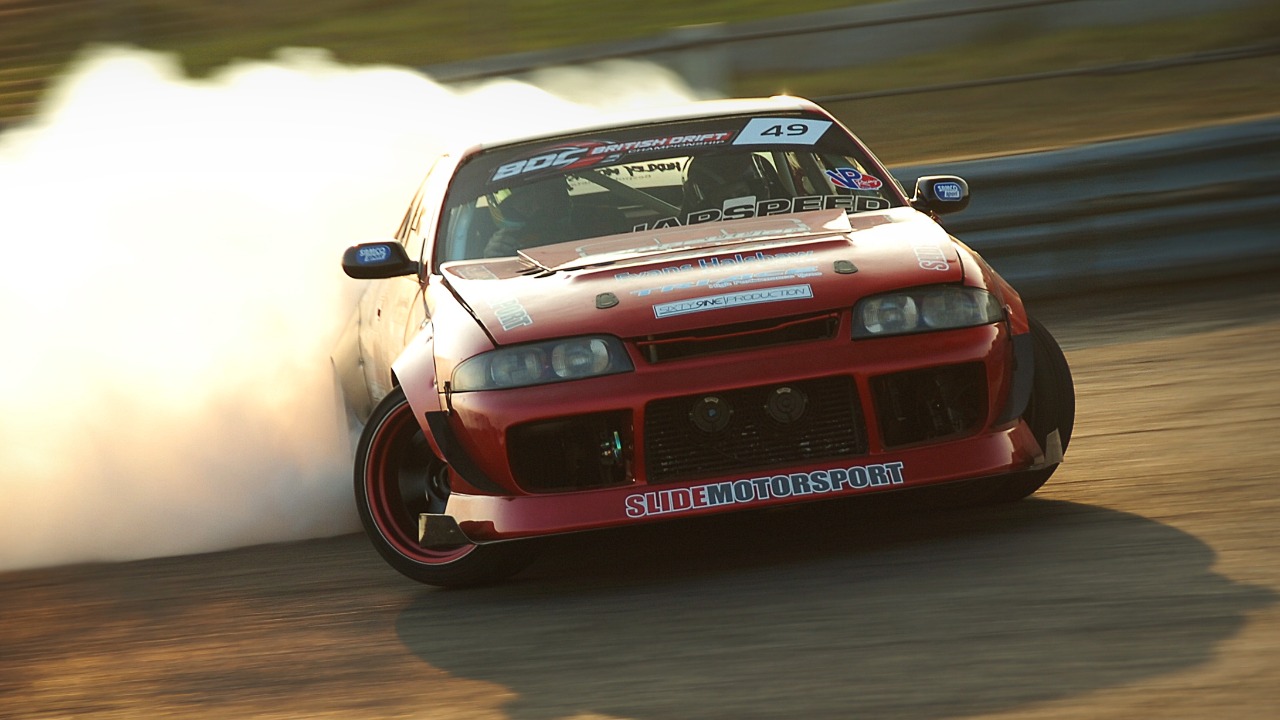
One major factor causing the decline of V8 engines is the increasing stringency of environmental regulations. Governments worldwide are implementing tougher emissions standards to combat climate change, making it challenging for manufacturers to produce V8 engines that comply. As a result, automakers are shifting towards smaller, more efficient engines that can meet these stringent requirements.
Furthermore, the push for sustainable transportation solutions has put additional pressure on the automotive industry to innovate. By focusing on greener technologies, manufacturers aim to reduce their carbon footprint and align with global environmental goals.
2. Fuel Efficiency Concerns
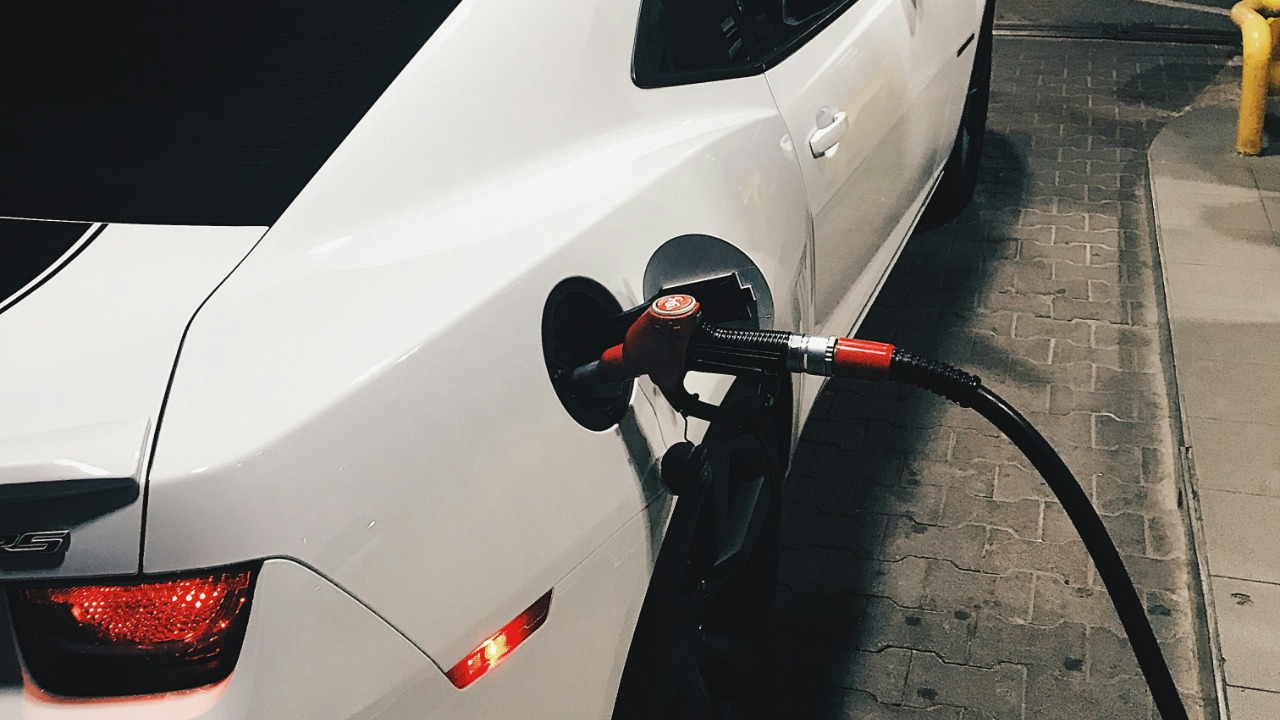
Fuel efficiency is another critical concern driving the decline of V8 engines. Consumers today are increasingly prioritizing fuel economy, looking for vehicles that can offer more miles per gallon. V8 engines, known for their power, often come with higher fuel consumption, making them less appealing to cost-conscious buyers.
With fluctuating fuel prices and a growing awareness of environmental impact, the demand for more efficient vehicles continues to rise. This shift in consumer behavior has led many automakers to invest in developing smaller engines that offer better fuel economy without sacrificing performance.
3. Rise of Electric Vehicles
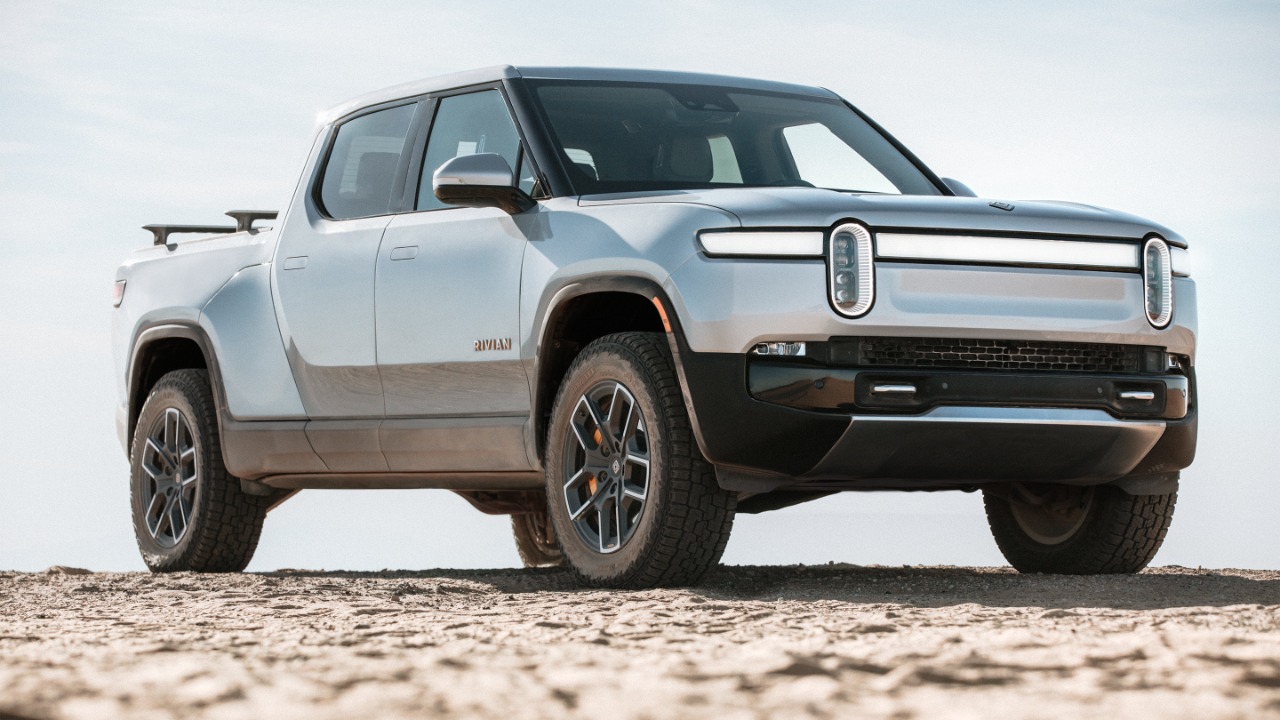
The rise of electric vehicles (EVs) is another significant factor contributing to the demise of V8 engines. As EV technology advances, more consumers are opting for electric alternatives that offer zero emissions and lower operating costs. This trend is evident in the increasing number of electric models available across various market segments.
Moreover, substantial investments in EV infrastructure and government incentives for electric vehicles are encouraging consumers to make the switch. As a result, the traditional internal combustion engine, particularly the V8, faces stiff competition in the evolving automotive market.
4. Advancements in Turbocharging
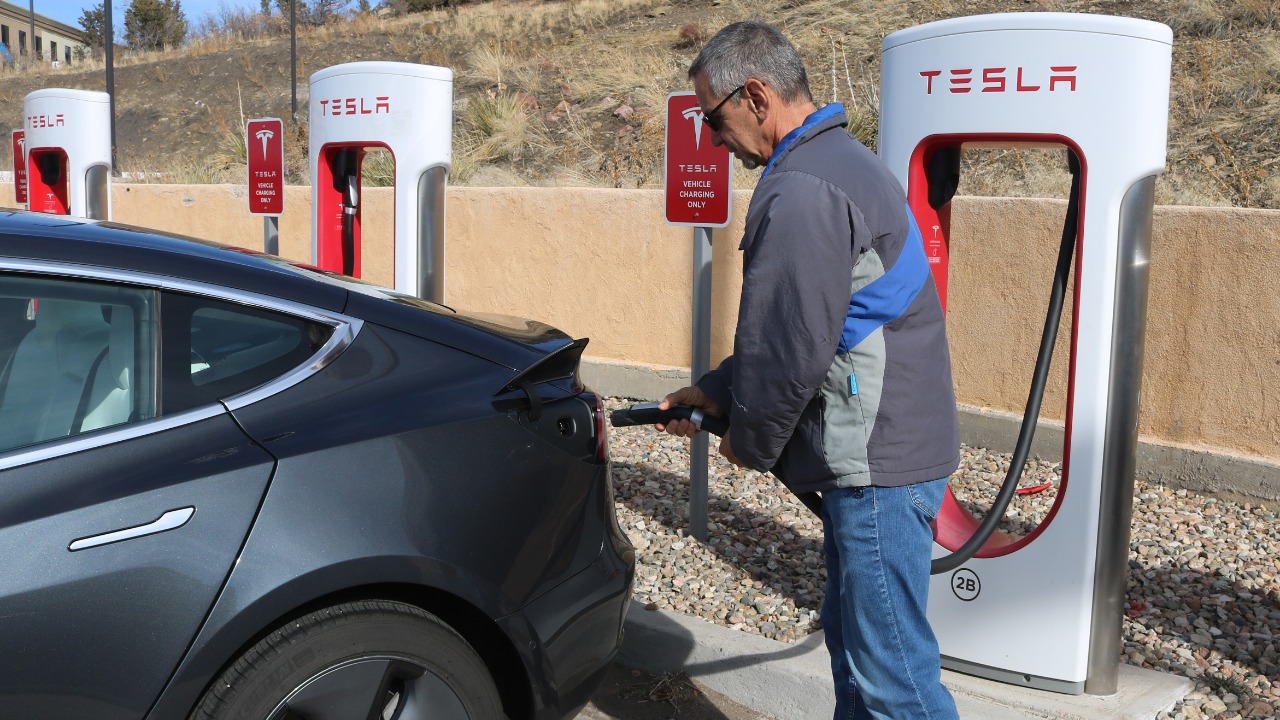
With advancements in turbocharging technology, manufacturers can now produce smaller engines that deliver performance comparable to larger V8s. Turbocharged engines offer the advantage of increased power output and efficiency, making them an attractive alternative for both automakers and consumers.
This technology allows for the downsizing of engines without compromising on performance, appealing to buyers who seek a balance between power and efficiency. As turbocharged engines become more widespread, the traditional V8’s allure continues to diminish.
5. Consumer Preferences Shift

Consumer preferences are shifting towards vehicles that offer a combination of performance, efficiency, and modern technology. Today’s buyers are more inclined to choose vehicles equipped with advanced safety features, connectivity options, and eco-friendly technologies, rather than focusing solely on engine power.
This change in consumer demand has prompted automakers to prioritize innovation in areas that align with current market trends. As a result, the V8 engine, once a symbol of automotive prowess, is gradually being replaced by more versatile and efficient options.
6. Manufacturing Costs
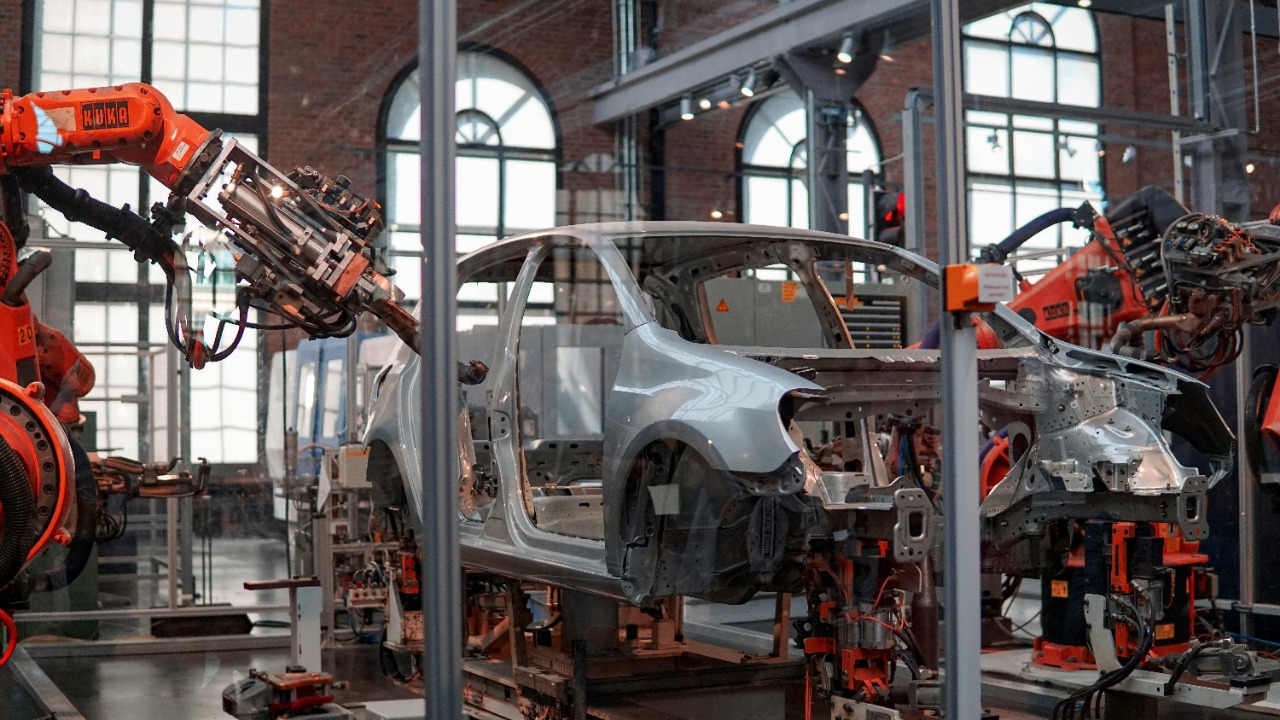
Manufacturing costs play a crucial role in the declining popularity of V8 engines. Producing V8 engines is often more expensive due to their complexity and the materials required. In contrast, smaller engines are generally cheaper to manufacture and maintain, making them a more economically viable option for automakers.
By focusing on cost-effective production methods, manufacturers can allocate resources towards developing innovative engine technologies and meeting consumer demands for affordable, efficient vehicles. This strategic shift is further contributing to the decline of V8 engines in the market.
7. Automotive Industry Trends

The automotive industry is undergoing a transformation, driven by technological advancements and evolving consumer expectations. Trends such as autonomous driving, connectivity, and sustainable mobility are reshaping the landscape, influencing manufacturers to embrace new engine technologies.
As these trends gain momentum, the focus is gradually shifting away from traditional V8 engines towards hybrid and electric powertrains that align with modern automotive aspirations. This transition is reflective of the industry’s commitment to innovation and sustainability.
8. Urbanization and Space Constraints
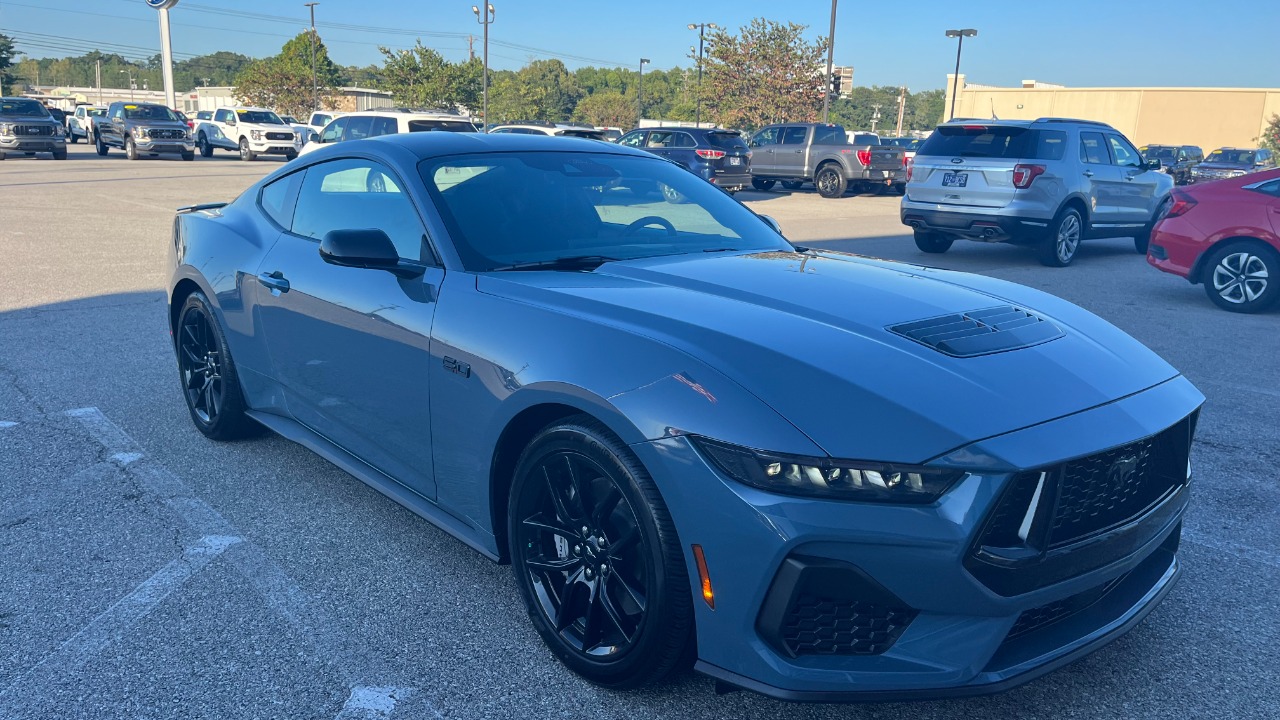
Urbanization and space constraints are playing a role in the declining popularity of V8 engines. As cities become more congested, consumers are seeking compact vehicles that offer ease of maneuverability and efficient use of space. Large V8-powered vehicles often don’t fit this criterion, making them less practical for urban dwellers.
Smaller vehicles with efficient engines are better suited for navigating city streets and dealing with parking limitations. This shift in preference is contributing to the reduced demand for V8 engines in urban areas.
9. Government Incentives for Smaller Engines

Many governments offer incentives for smaller engines and environmentally friendly vehicles, further accelerating the decline of V8 engines. These incentives may include tax breaks, rebates, or subsidies for purchasing vehicles with lower emissions and greater fuel efficiency.
Such policies encourage consumers to opt for smaller, more efficient vehicles, indirectly impacting the popularity of V8 engines. As governments continue to promote sustainable mobility, the automotive industry is adapting to meet these evolving standards and consumer preferences.